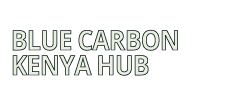Download the full text as a PDF
The Earth we live on has one big ocean with many features, and the ocean and life within it shape the features of Earth. Ocean literacy is an understanding of the ocean’s influence on society and the society’s influence on the ocean. An ocean-literate individual understands fundamental concepts about ocean functioning, can discuss ocean issues meaningfully, and can make informed and responsible decisions concerning the ocean and its resources.
Ocean literacy may not be defined as a measure of what people know but as an indication of their attitudes, behaviors, and ability to communicate about ocean issues. Building ocean literacy amongst communities is an approach to encourage responsible public behavior. Ocean literacy initiatives promote behavior change, whereby people engage in sustainable actions to achieve solutions to marine issues. In contrast, a lack of ocean literacy presents a significant obstacle to engaging society in environmentally sustainable behaviors.
For this module, we will highlight the cognitive learning objectives that help us better understand basic marine ecology, ecosystems, the connection of humanity to the sea and the life it holds, including the sea’s role as a food provider as well as jobs and economic opportunities, and the ocean’s role in moderating our climate. Furthermore, we will also explore the adverse impact humanity has on the ocean resulting in the loss of biodiversity, charismatic fauna and overall biomass, as well as increased acidification and pollution. By the end of the Blue Forests Learning course, students should have a more robust understanding of what it means to be ocean literate, and how the principles of ocean literacy can influence groups that engage in unsustainable practices that negatively affect the ocean. In this way, the learner understands their agency to make decisions that support a healthy ocean and is empowered to advocate for the protection and conservation of coastal and marine ecosystems.
To go deep…
See more on Ocean literacy: Connecting to the Oceans: Supporting Ocean Literacy and Public Engagement 1
Relate Resources
-

After 90% of California’s Kelp Forests Were Destroyed, SeaTrees Is Restoring Them
kr 0,00 -
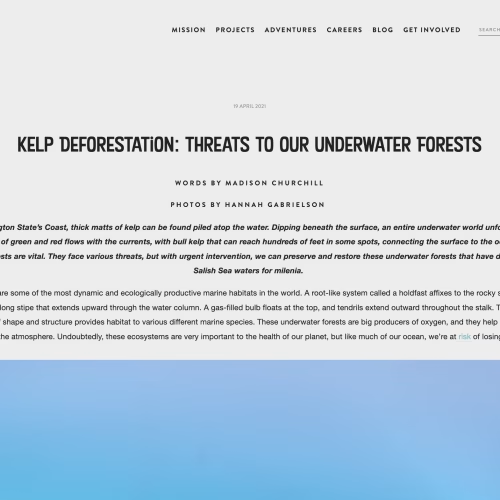
Kelp Deforestation: Threats to our Underwater Forests
kr 0,00 -
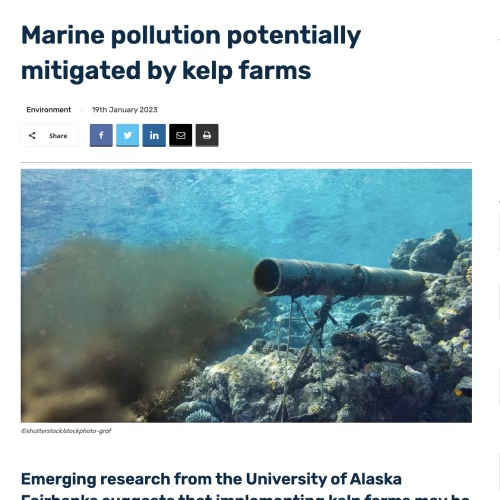
Marine Pollution Potentially Mitigated by Kelp Farms
kr 0,00 -
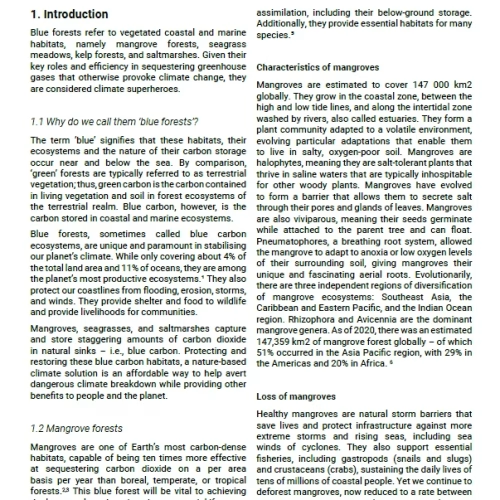
Module 2: What are Blue Forests? (PDF)
kr 0,00 Add to basket -
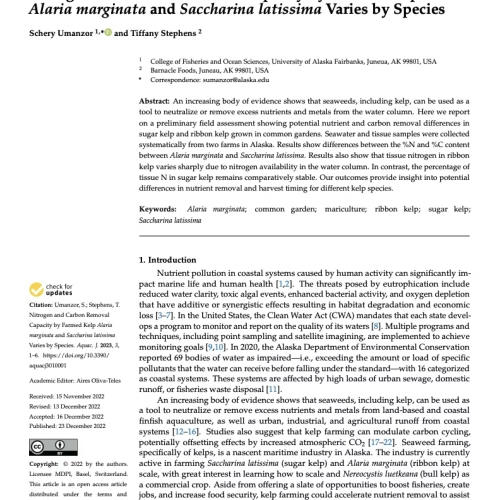
Nitrogen and Carbon Removal Capacity by Farmed Kelp Alaria marginata and Saccharina latissima Varies by Species
kr 0,00 -
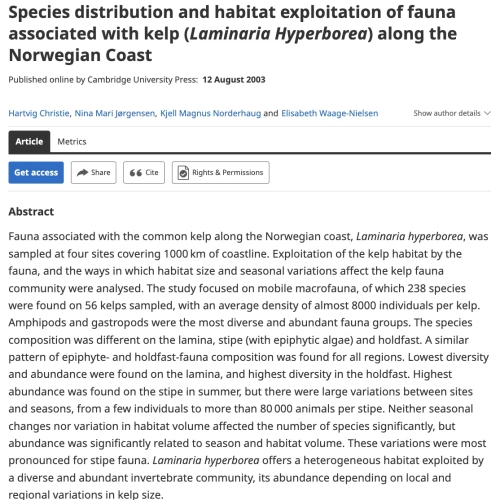
Species Distribution and Habitat Exploitation of Fauna Associated with Kelp (Laminaria Hyperborea) Along the Norwegian Coast
kr 0,00 -
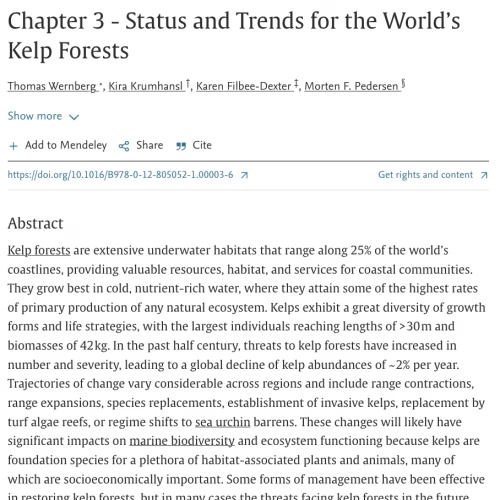
Status and Trends for the World’s Kelp Forests
kr 0,00 -
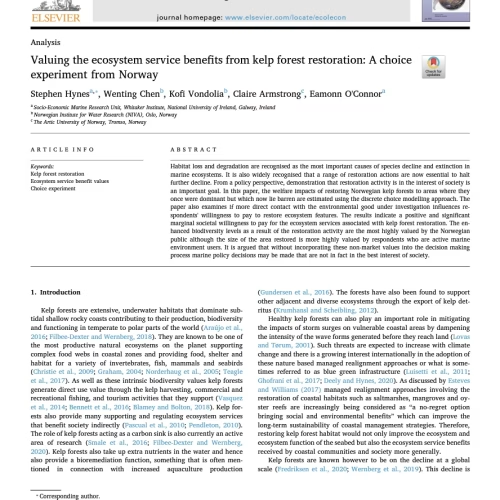
Valuing the Ecosystem Service Benefits from Kelp Forest Restoration: A choice experiment from Norway
kr 0,00
